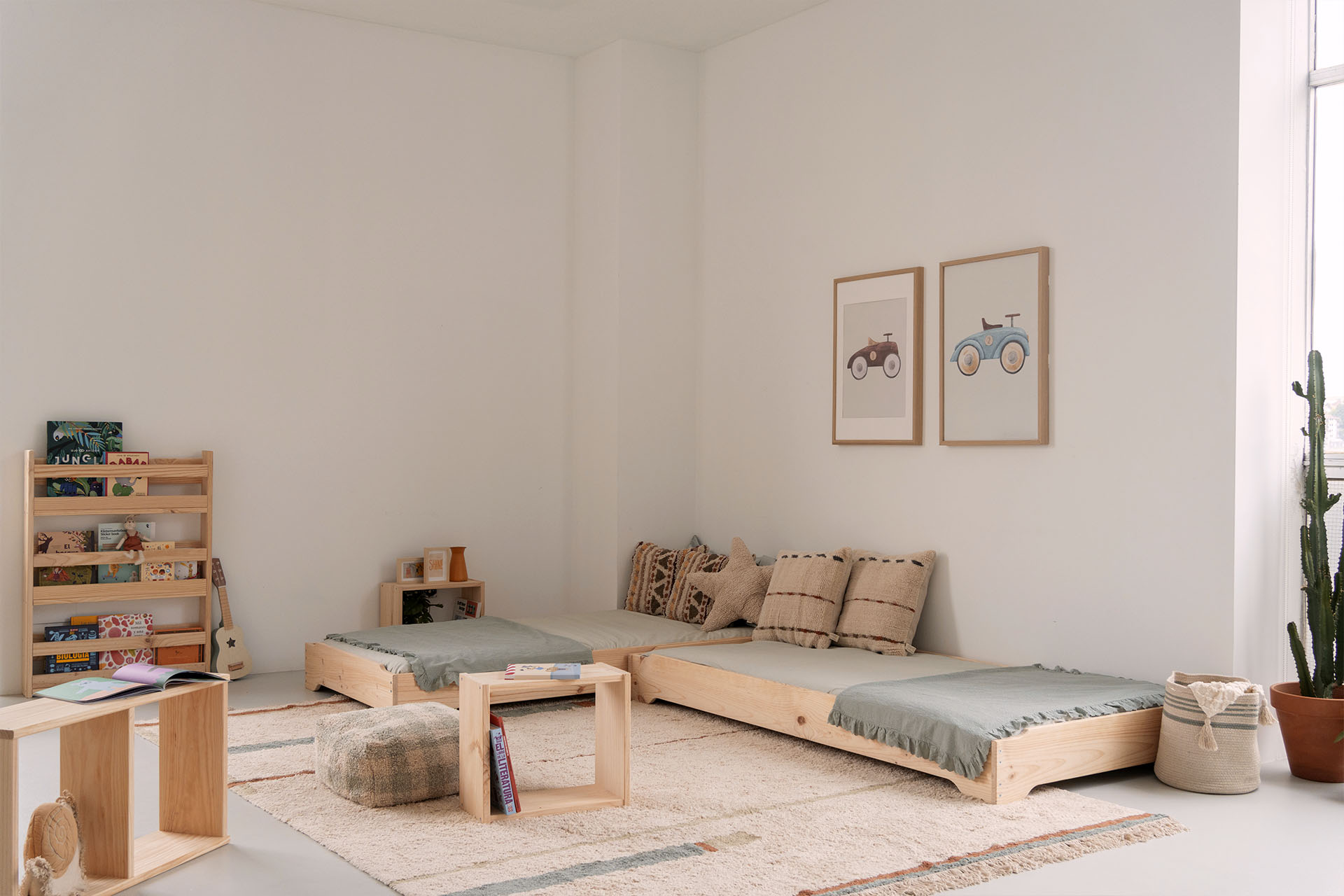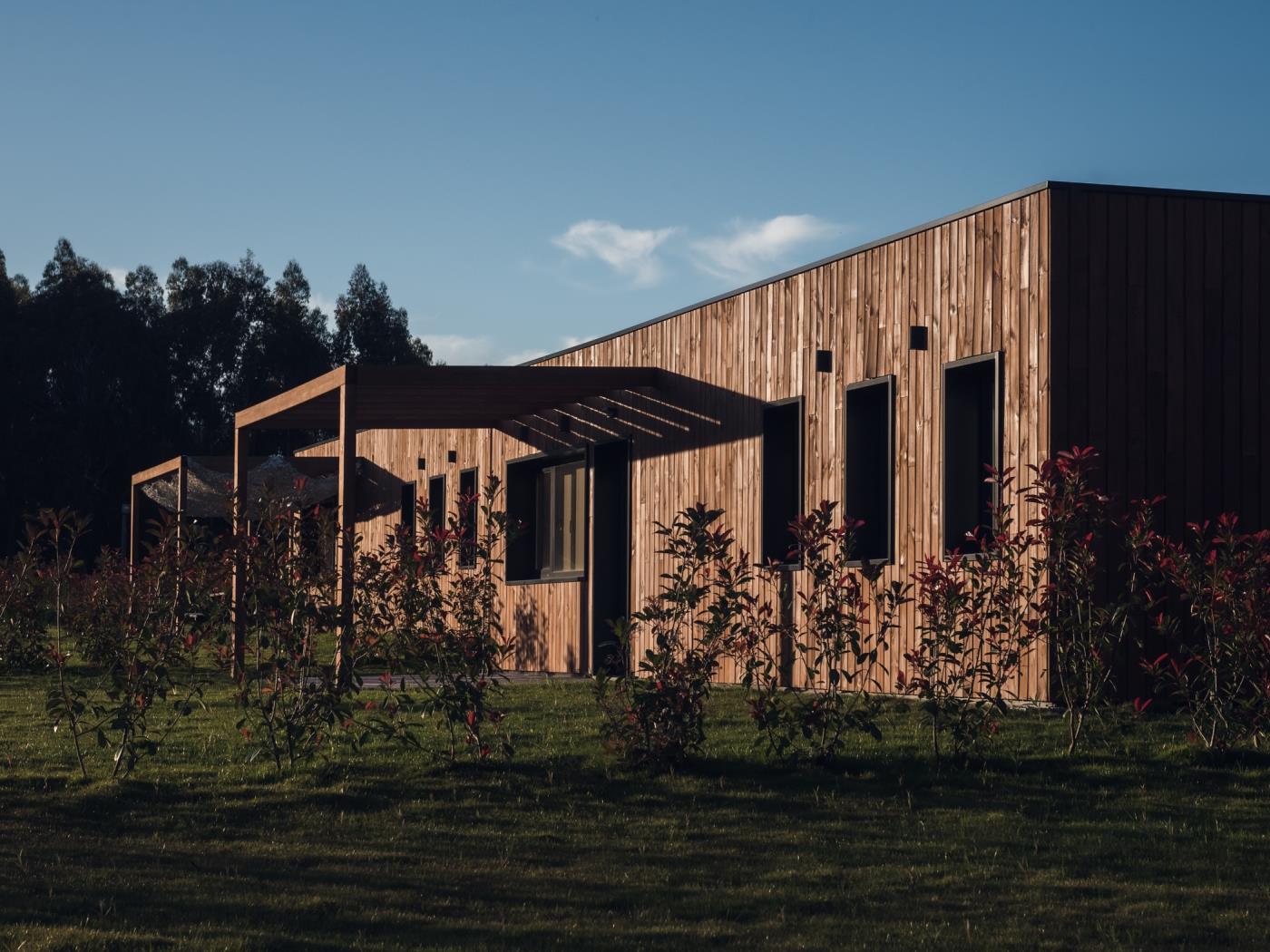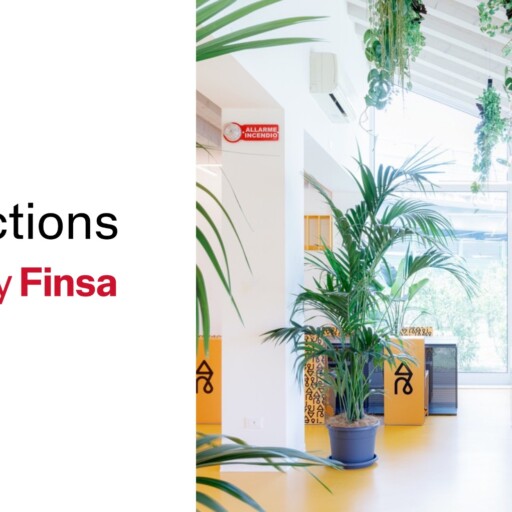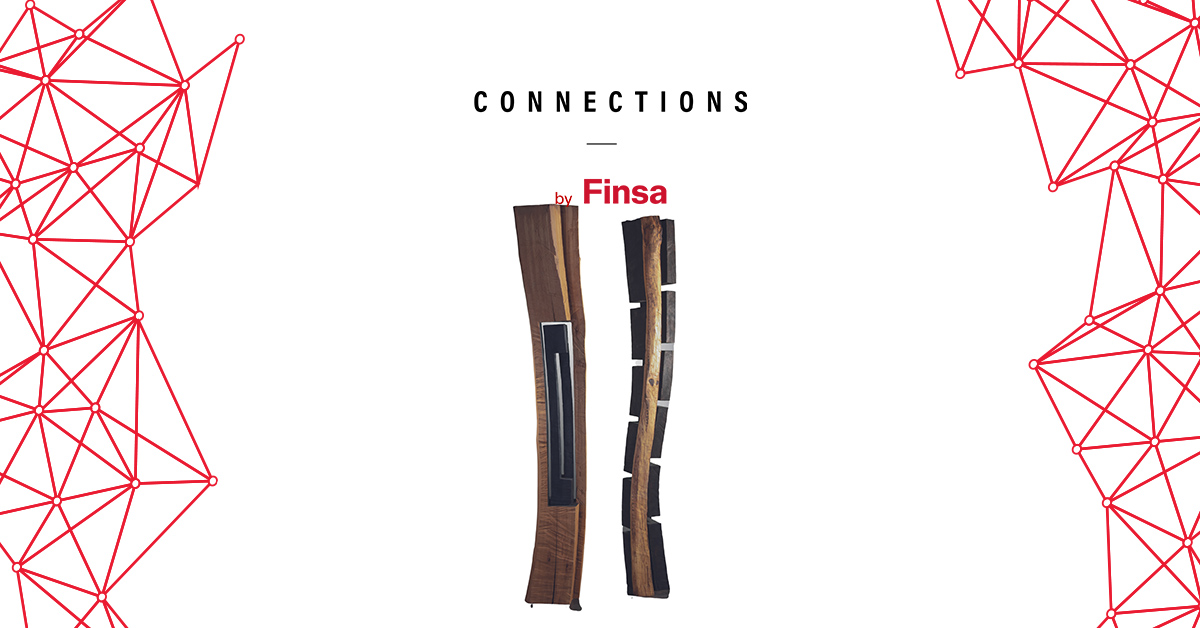You may already know that wood is one of our favorite materials at Connections by Finsa. We talk about its qualities, its use in construction and interior design… and now we want to highlight it as a lever capable of driving a bioeconomy that establishes population and wealth in rural areas. To illustrate this, we have selected three projects that use wood as an ally in different applications.
LUFE, sustainability and style for every budget
Enrique Arrillaga, founder of LUFE, explains that his story is “a tale of failure with a happy ending”. From being nearly bankrupt in 2014, he launched a pine wood bed that became an internet sales success within three years.
Since then, 205,000 households now have eco-friendly pine furniture in their homes. “Because decorating with style and sustainability should be accessible to everyone,” asserts Arrillaga.

SUITESNATURE, responsible tourism comes with rewards
The SUITESNATURE project, which emerged during the 2020 COVID pandemic, was created to establish a truly sustainable tourism model: from the construction of the accommodations (currently they have an ecocamp in A Coruña and an ecohotel in Pontevedra) to a system that rewards guests who optimize their energy and water consumption, allowing them to obtain special rates for their good behavior.
In this way, they achieve their goals: to inform, educate, and raise awareness among the entire tourism sector, travelers, local communities, and hotel managers.

Domaines Barons de Rothschild Lafite, biodiversity and wine
At Domaines Barons de Rothschild Lafite wineries, they maintain that wood and wine are two interdependent sectors that develop together and help revitalize rural areas.
Ver esta publicación en Instagram
They emphasize agroforestry and the planting of hedges to promote biodiversity in their vineyards. In fact, they are gradually returning to the mixed agricultural practices that prevailed in the past during maturation, when wine comes into contact with the wood of the barrels. Thus, the composition of the wine, its stability, and organoleptic characteristics change.
What do you think of these three bioeconomy projects in rural areas based on wood? Would you like to share any that you know with the community of architecture and interior design professionals at Connections by Finsa? Post your impressions on social media using the hashtag #ConnectionsByFinsa.



